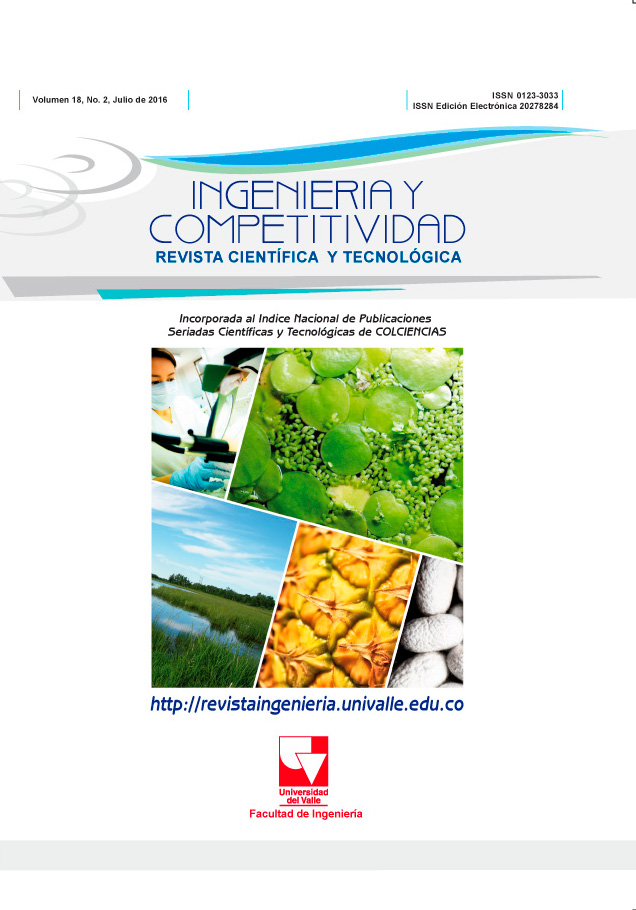Predicción de superfamilias usando modelos 3D enriquecidos con propiedades fisicoquímicas
Palabras clave:
predicción de superfamilias, propiedades fisicoquímicas, clasificadores binarios, superfamilia SCOP, modelos 3D enriquecidosContenido principal del artículo
En este artículo se presenta dos nuevos métodos para la predicción de superfamilias. En el problema de la predicción
de superfamilias cada secuencia de aminoácidos se debe clasificar en una de las clases estructurales conocidas (i.e.,
superfamilias). La mayoría de las estrategias que se han propuesto para predecir superfamilias se basan en usar
los clasificadores binarios que detectan homólogos remotos. Detectar homólogos remotos está relacionado con
encontrar un clasificador que es capaz de indicar si una proteína es, o no, un homólogo remoto de un conjuntos de
proteínas. Los métodos actuales para detectar superfamilias toman las salidas de los clasificadores binarios para cada
superfamilia y construyen un modelo de clasificación. A diferencia de los métodos actuales, los cuales representan
a las proteínas considerando la composición de aminoácidos, nosotros usamos el número de veces que modelos
3D enriquecidos con propiedades fisicoquímicas ocurren tanto en el mapa de contacto predicho como en la matriz
de interacción. Nuestra hipótesis es que al incluir los modelos 3D con las propiedades fisicoquímicas se puede
tener un impacto en la exactitud obtenida durante la predicción de superfamilias. En este artículo se presenta dos
nuevas estrategias para predecir superfamilias, los métodos single-MCS y hierarchical-MCS, los cuales alcanzan
una exactitud del 74% y 76% en el conjunto SCOP 1.53, respectivamente. Además, se presentan otras pruebas
realizadas en los conjuntos SCOP 1.55 y SCOP 1.61.
Downloads
Los autores que publican en esta revista están de acuerdo con los siguientes términos:
Los autores ceden los derechos patrimoniales a la revista y a la Universidad del Valle sobre los manuscritos aceptados, pero podrán hacer los reusos que consideren pertinentes por motivos profesionales, educativos, académicos o científicos, de acuerdo con los términos de la licencia que otorga la revista a todos sus artículos.
Los artículos serán publicados bajo la licencia Creative Commons 4.0 BY-NC-SA (de atribución, no comercial, sin obras derivadas).

